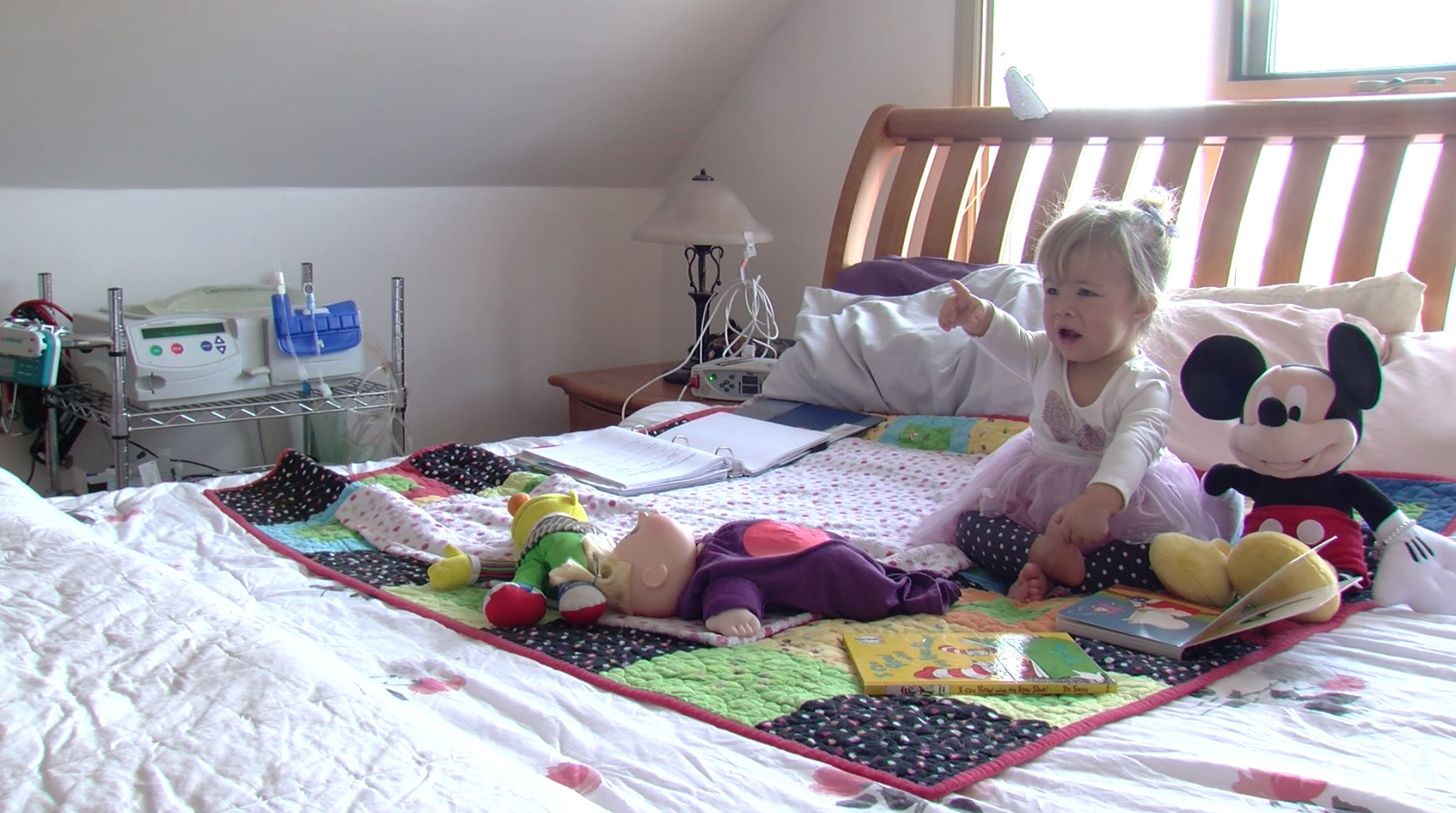
Kamloops toddler with rare condition in need of a kidney
KAMLOOPS — At only three years old, Ferris Backmeyer is about to go on the donor list for a new kidney.
The Kamloops girl has a rare condition and has been on dialysis for about two years.
“We got flown to Children’s (Hospital) when she was 18 days old, and stayed there about six weeks and by the time we were discharged on that admission we had a working diagnosis of Saldino Mainzer syndrome, which was later confirmed by genetic testing,” said Ferris’s mother, Lindsey Backmeyer.



